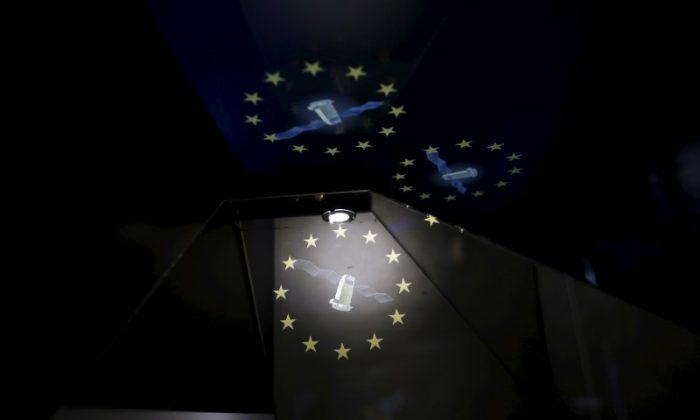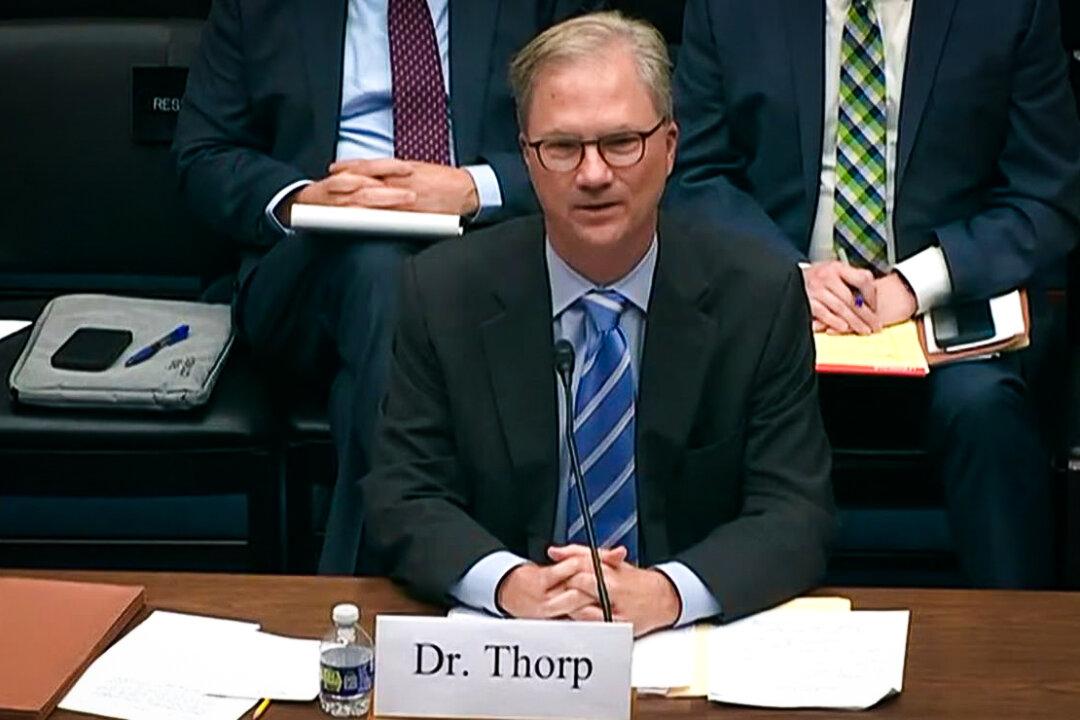A new radio telescope in Canada recently captured a strange signal from deep space.
The Canadian Hydrogen Intensity Mapping Experiment, or CHIME, is located in British Columbia and monitors for signals beaming from outer space.
The CHIME project is unique because it has a fast survey instrument that can search for the fast radio bursts over an instantaneous field of view around 200 square degrees in real time.
The telescope detected a Fast Radio Burst, or FRB, which is unique because the origins are completely unknown.
“FRBs detected by astronomers here on Earth come from incredibly long distances, located so far off in space that we can’t even see what might be creating them,” according to author Mike Wehner.

The reason this FRB, named FRB 180725A, was so special? Because it had a frequency as low as 580 Mhz. No FRB has ever been detected below a frequency of 700 Mhz before, according to the telegram.
The bulletin notes that additional FRBs have been found in the past week or so, after the special discovery, that has flux at frequencies as low as 400 MHz.
“These events have occurred during both the day and night, and their arrival times are not correlated with known on-site activities or other known sources,” wrote Patrick Boyle, author of the Astronomer’s Telegram report and a project manager for the CHIME project.
According to Avi Loeb, a scientist at the Harvard-Smithsonian Center for Astrophysics, researchers have not been able to detect a source for any of the FRBs as of yet.

Loeb believes the origin of the bursts might be planet-sized transmitters powering interstellar probes in distant galaxies, meaning they'd be evidence of advanced alien technology.
“An artificial origin is worth contemplating and checking,” he said.






Friends Read Free